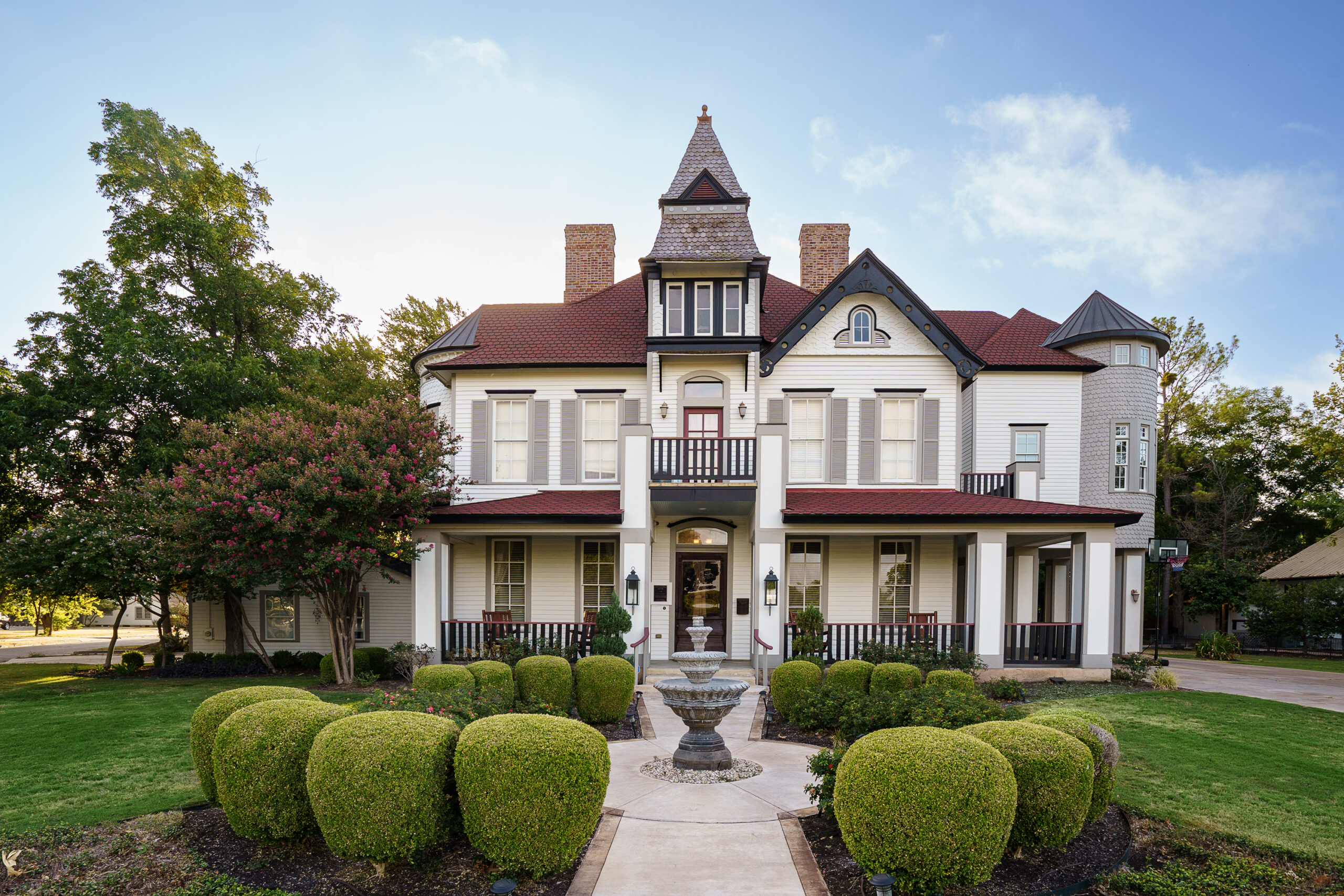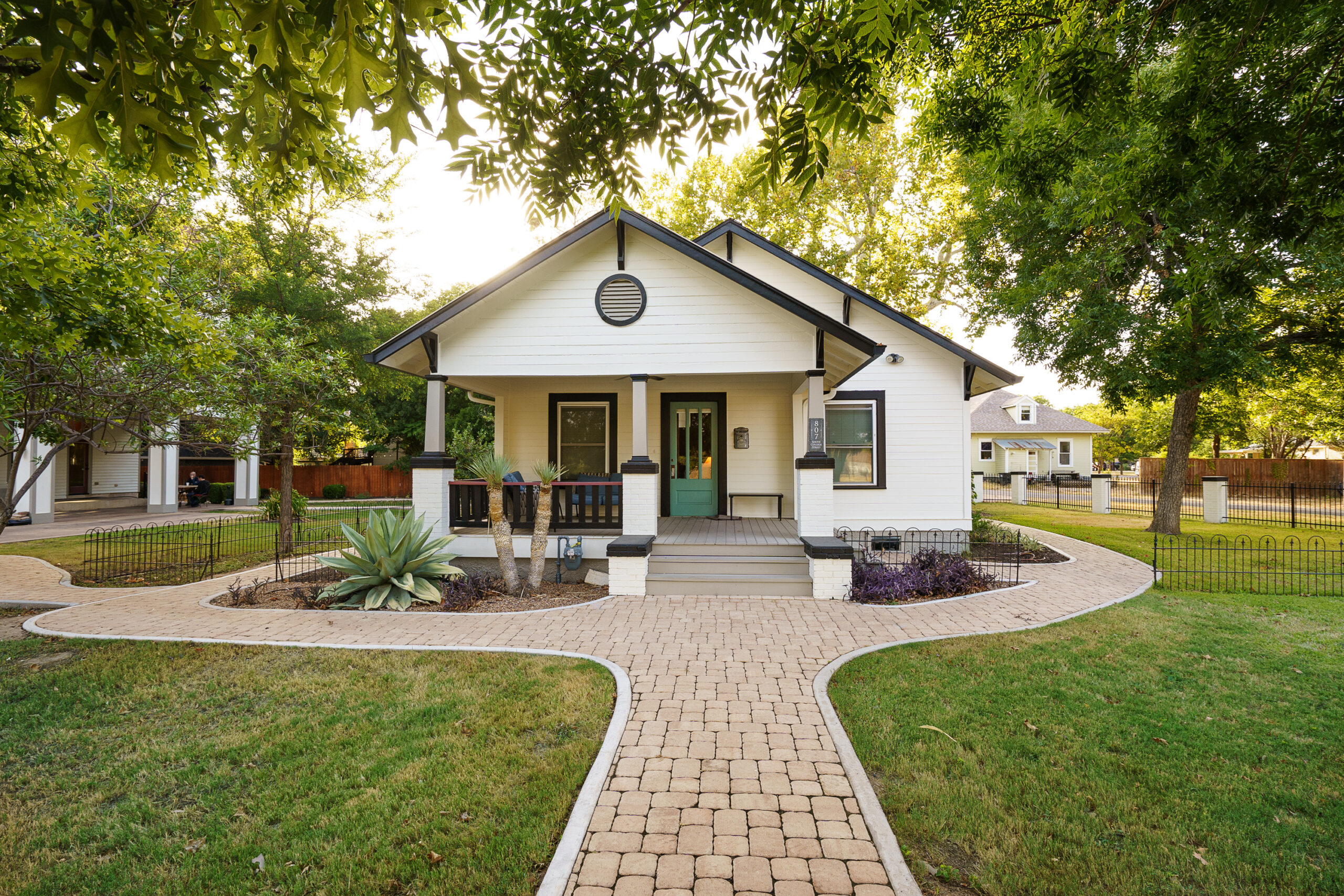
Schizophrenia Treatment Overview
Schizophrenia is a complex and often misunderstood mental health condition requiring comprehensive and personalized care. Finding the best place for schizophrenia treatment involves considering facilities that offer not just medical management but also holistic support services designed to address the multifaceted needs of individuals dealing with schizophrenia. Consider Alta Loma for treatment.
Keys to Effective Treatment
Individualized Care
The best place for schizophrenia treatment recognizes the uniqueness of each individual’s experience with the disorder. A personalized treatment plan that includes cognitive behavioral therapy, medication management, and life skills training can significantly improve outcomes.
Holistic Approach
Treatment centers that integrate various therapeutic modalities, including recreational activities, nutritional counseling, and peer support, tend to offer more effective care. This holistic approach ensures that all aspects of an individual’s well-being are addressed.
Importance of Environment
The environment in which treatment is provided can greatly influence an individual’s journey to recovery. Facilities like Alta Loma, nestled in the tranquility of Georgetown, Texas, offer serene settings that promote healing. The calm and supportive atmosphere allows residents to focus on their recovery without the distractions and stresses of everyday life.
Schizophrenia Treatment Programs
Long-Term Treatment
Sustained engagement in treatment is crucial for managing schizophrenia effectively. The best place for schizophrenia treatment offers long-term programs that allow individuals to develop coping strategies and build a supportive network, which is vital for long-term recovery.
Community Integration
Integrating residents back into the community is a critical aspect of treatment for schizophrenia. Programs that facilitate this transition through vocational training, educational opportunities, and social integration activities help individuals regain independence and improve their quality of life.
Support for Families
Understanding and coping with schizophrenia is a challenging journey not just for the individuals affected but also for their families. The best place for schizophrenia treatment provides education, support groups, and counseling for families to help them navigate the complexities of the disorder and support their loved ones more effectively.
Cutting-edge Research
Advancements in schizophrenia treatment are continually emerging, thanks to ongoing research. Centers that are engaged in research and embrace innovative therapies often provide the most advanced care, enhancing the prospects for recovery. Alta Loma, for example, stays abreast of the latest developments in mental health treatments to offer the best possible care.
Personal Experiences
From my time working with organizations dedicated to the treatment of schizophrenia, I’ve witnessed firsthand the transformative power of a supportive and comprehensive care approach. Seeing individuals regain control of their lives with the right support and therapy is a profound reminder of the importance of choosing the right treatment facility.
I’ve seen residents flourish in environments that treat them with dignity and provide a structured, yet flexible, treatment program tailored to their specific needs. These experiences underscore the significance of facilities like Alta Loma, which prioritize personalized care and long-term recovery.
Choosing the Right Facility
Deciding on the best place for schizophrenia treatment is a pivotal step toward recovery. Consider facilities that offer a balance of medical, psychological, and supportive services. The right treatment center should feel like a partner in the journey to wellness, equipped with the expertise, environment, and ethos that align with the individual’s needs and goals.
Whether you or a loved one is seeking treatment for schizophrenia, remember that hope and healing are within reach. The path to recovery begins with finding a facility that understands the complexities of the condition and offers a comprehensive, compassionate approach to care.

What is the most effective treatment for schizophrenia?
Effective treatment for schizophrenia is multifaceted, incorporating medication management, cognitive behavioral therapy (CBT), and supportive services. Personalized care plans are crucial, as they cater to the individual’s specific needs and experiences. Medications, usually antipsychotics, form the bedrock of treatment by managing symptoms. However, it’s the combination with therapies like CBT and life skills training that truly enables individuals to navigate day-to-day challenges. At Alta Loma, for example, we prioritize a holistic approach, ensuring that each resident receives a blend of medical, psychological, and environmental support. This comprehensive strategy addresses the root causes and manifestations of schizophrenia, leading to more sustainable outcomes.
What is the best environment for schizophrenia?
The ideal environment for someone with schizophrenia is one that offers stability, support, and serenity. A calm and structured setting, like what we’ve created at Alta Loma in Georgetown, Texas, fosters wellness and recovery. By eliminating stressors and distractions, individuals can concentrate on their health, with a strong support system around them. Such environments also facilitate therapeutic activities and community integration, crucial elements for long-term recovery. The power of a supportive atmosphere can’t be overstated–it’s where healing begins.
Which country is best for schizophrenia treatment?
Identifying the “best” country for schizophrenia treatment is complex, as it depends on several factors, including the availability of mental health services, the approach to mental health care, and cultural attitudes towards mental illness. However, countries with advanced healthcare systems and a holistic approach to mental health, such as the United States, Canada, and some European nations, tend to offer more comprehensive and effective treatment options. These countries often lead in psychiatric research and innovative therapies, contributing significantly to the global understanding of schizophrenia and its management.
What is the best schizophrenia hospital in the US?
While it’s challenging to pinpoint a single “best” hospital for schizophrenia treatment in the US, facilities that offer personalized, comprehensive care are typically the most effective. Centers like Alta Loma in Georgetown, Texas, distinguish themselves by providing a holistic treatment approach. These institutions prioritize individualized treatment plans, incorporating medical management, therapy, and support services designed around the unique needs of each resident. Advanced care facilities that stay abreast of the latest research and integrate innovative therapies tend to offer the highest quality of care and the best outcomes for their residents.
How does support for families play a role in schizophrenia treatment?
Family support is integral to the treatment of schizophrenia. Educating families about the condition, its challenges, and ways to support their loved ones is crucial. At Alta Loma, we offer family education programs, support groups, and counseling to ensure that families are well-equipped to navigate the complexities of schizophrenia together. This collective approach fosters a supportive environment for the individual, both within the treatment facility and at home, thereby enhancing recovery and reducing the likelihood of relapse. Remember, when families are educated and involved, individuals with schizophrenia have a robust network they can rely on.
Why is personalized care essential in schizophrenia treatment?
Personalized care in schizophrenia treatment acknowledges that each individual’s experience with the disorder is unique. Tailoring treatment to the individual’s specific symptoms, challenges, and goals ensures a more effective approach than a one-size-fits-all model. At Alta Loma, personalization means combining various therapeutic modalities, from medication management to cognitive behavioral therapy and life skills training, to fit the individual’s needs. This approach not only addresses the symptoms but also empowers individuals to lead more fulfilling lives, promoting long-term recovery.
How does a holistic approach improve schizophrenia treatment outcomes?
A holistic approach to schizophrenia treatment, which includes physical, psychological, and environmental interventions, significantly improves outcomes. By treating the person as a whole rather than focusing solely on symptom management, we enhance their overall well-being and quality of life. Integrating therapeutic modalities like nutritional counseling, recreational therapy, and peer support, alongside traditional psychiatric treatments, addresses all aspects of an individual’s health. At Alta Loma, we’ve seen how this comprehensive strategy not only aids in managing schizophrenia more effectively but also supports residents in making meaningful, sustainable changes to their lives.






